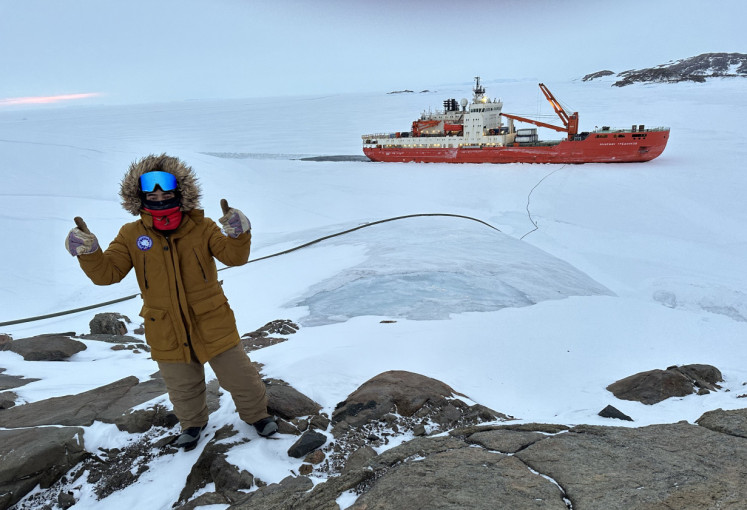
Setting foot in Antarctica may seem like an impossible dream for most people, but not for Gerry Utama, 31. The alumnus of the Faculty of Geography at UGM realized his dream of joining an expedition to Antarctica.
Gerry, as he is commonly called, arrived in Antarctica as part of the Russian Antarctica Expedition (RAE) mission, which took place from February to July 2024.
At the time, Gerry was pursuing a Master’s program in Paleogeography at Saint Petersburg State University, Russia.
“From the beginning of my studies, I was already offered to join the program, but we had to know what we would be researching,” said Gerry Wednesday (Jan. 22).
He chose to specialize in geomorphology and was an expert in radar interpretation. His participation in the Antarctica expedition made Gerry the first Indonesian and ASEAN national to join the RAE, which has been running for 69 editions.
He departed with the RAE team aboard the Russian research vessel Akademik Tyroshnikov. The ship sailed for three weeks, stopping briefly in Cape Town, South Africa, before continuing to Antarctica.
Gerry and the RAE team were required to use helicopters for mobilization, with the research team returning to the ship daily. He was stationed at Mirny Station, one of the oldest monitoring stations in Antarctica.
Gerry’s research involved reconstructing a new atlas of King George Island for the Russian government.
He simplified existing variables into geomorphological mapping that could be applied with specific characteristics. In addition, Gerry and his team discovered a 130-million-year-old wooden fossil.
“This can prove that Antarctica was once covered in greenery, just like other parts of the Earth,” said the Geography and Environmental Science alumnus.
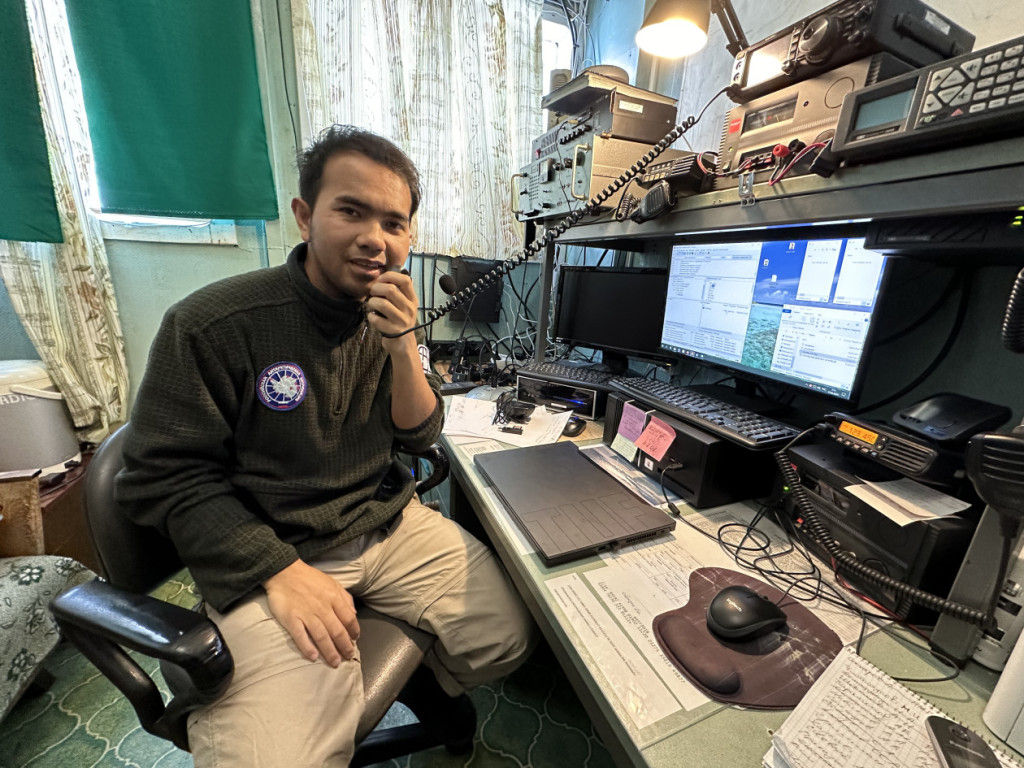
The unpredictable conditions in Antarctica required careful work planning. According to Gerry, even shower schedules had to be regulated, and time was reset daily, meaning the day’s hours could shift forward or backward.
Gerry added that the direction of the Qibla also changed daily. Strong winds reaching up to 300 km/h further aggravated these conditions, often forcing Gerry and his team to spend nights at the station.
Dr. Nugroho Imam Setiawan, a lecturer in the Department of Geological Engineering at UGM, also faced challenges during his exploration of Antarctica from November 2016 to March 2017.
Dr. Nugroho, as we refer to him, often experienced persistent itching and had to take daily medication to prevent allergic reactions. The situation worsened due to the absence of heating in the tents, which forced him to wear three layers of clothing at all times.
“We couldn’t even take a shower,” Dr. Nugroho joked.
Even the feces produced had to be brought back, as the extreme temperatures prevented decomposer bacteria from surviving. The feces were later brought back to the ship and incinerated.
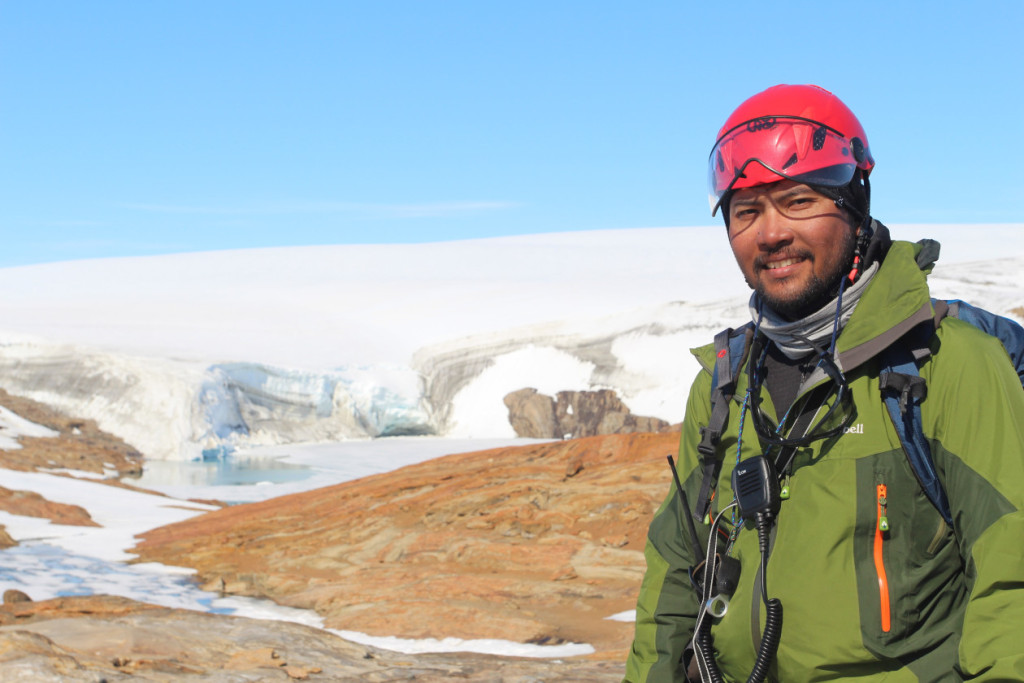
Dr. Nugroho never imagined he would set foot on the southernmost continent on Earth. His journey began in 2010 when he pursued his PhD in Japan.
Japan, a country that regularly conducts expeditions and invites other Asian researchers to Antarctica through the Japan Antarctic Research Expedition (JARE), presented this opportunity.
He applied to the program in 2011, but it was canceled after the March 2011 tsunami struck Japan.
“I had already applied, but the program was closed, and the funds were redirected for post-tsunami recovery,” said Dr. Nugroho.
He was only contacted again in 2015, after completing his doctoral program, and promptly underwent a selection process involving an interview and health check. He then joined five Japanese researchers and two others from Mongolia and Thailand.
Being a researcher in Antarctica meant preparing for all possible scenarios. For a month, he underwent intensive training on using equipment in the snow, dressing appropriately, surviving in emergencies, setting up tents, cooking, and managing sanitation.
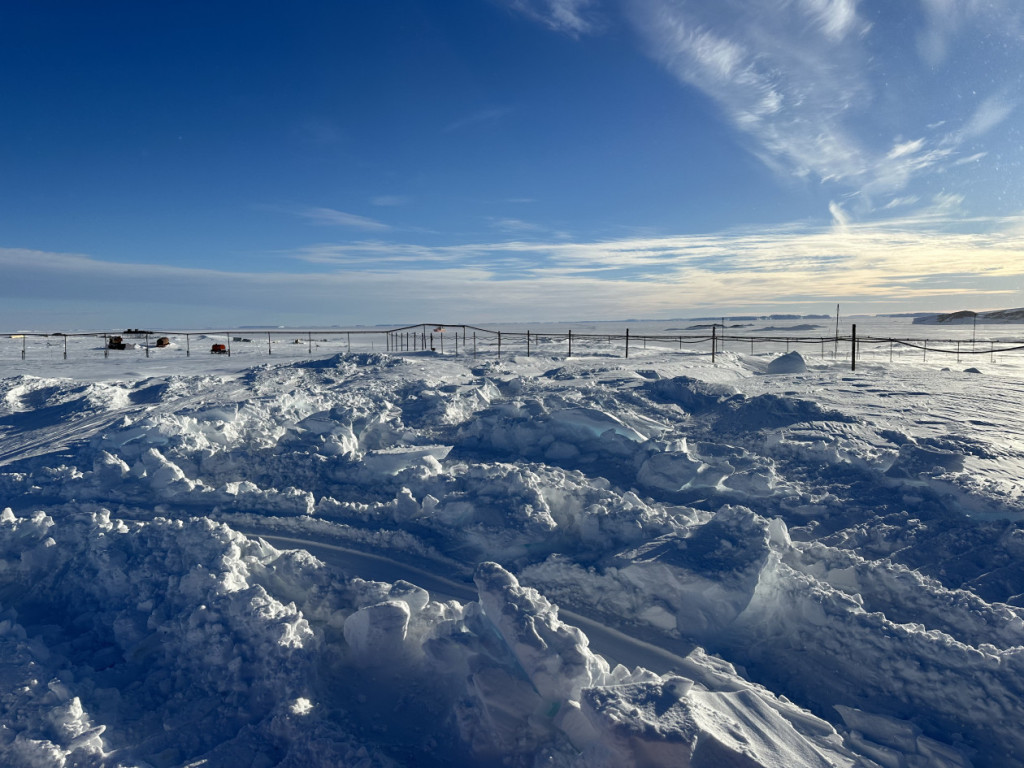
Antarctica’s conditions are vastly different from those found anywhere else in the world. He remembered Antarctica as not feeling like part of Earth due to its pristine whiteness stretching as far as the eye can see.
“I joined an eight-member geology team. At that time, Antarctica was in summer, so the sun shone 24 hours a day, with nighttime temperatures of around -5 degrees and daytime temperatures of -2 degrees,” he recalled.
The silence added to the surreal atmosphere. Dr. Nugroho remembered hearing only his team’s voices and the sounds of melting ice due to climate change, occasionally encountering penguins and Weddell seals.
The entire JARE 58 team comprised 80 members, 35 of whom were researchers. The research was divided into ten topics: meteorology, atmospheric science, terrestrial biology, oceanography, geophysics, geodesy, and geology. The study lasted four months, from Nov. 27, 2016, to Mar. 22, 2017.
However, according to Dr. Nugroho, effective research could only take place for 30 days due to the extreme weather conditions. Frequent windstorms forced the research team to wait for better conditions.
Dr. Nugroho explained that the geology team’s daily routine involved collecting metamorphic rock samples from various research locations. They explored eight geological survey points: Akebono, Akarui, Tenmodai, Skallevikhalsen, Rundvageshtta, Langdove, West Ogul, and Mt. Riiser Larsen.
“We sought to uncover metamorphic rocks, the oldest rocks on Earth, dating back 3.8 billion years, found in Antarctica. We aimed to reconstruct and detail previously existing data on Antarctica’s metamorphic rocks, including their composition, age, and the processes that formed them,” he explained.
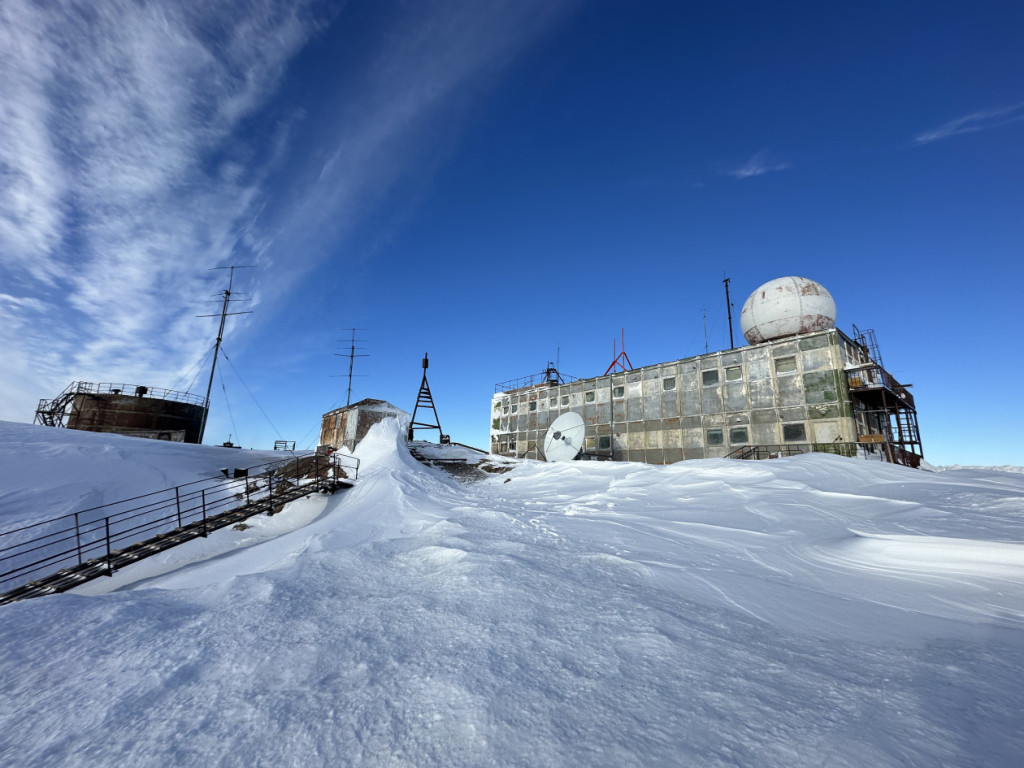
During the expedition, he encountered only two types of rocks at the research locations: metamorphic and granitoid rocks, or a combination of both, known as migmatite. Rocks with a honeycomb structure, formed by wind erosion in the dry climate, were also commonly found.
Dr. Nugroho noted that the rocks he found were similar to those in Sri Lanka. According to him, Antarctica and Sri Lanka once comprised the same landmass.
Gerry and Dr. Nugroho’s participation in exploring Antarctica as UGM alumni marks their names in history, as only four Indonesians have ever set foot there.
This notable achievement contributes to UGM’s vision of becoming a global university. Both expressed hope that their efforts would not end with them.
“I hope other UGM friends can continue to Antarctica,” Gerry said.
He also hoped that the Indonesian government would take an interest in Antarctica, which is located in the same ocean as Indonesia. He mentioned that everyone needs to know that when Antarctica faces challenges, the whole world, including Indonesia, will be indirectly affected.
Therefore, Indonesia should establish a dedicated Antarctic research institution to be present and directly study Antarctica.
Echoing Gerry’s sentiments, Dr. Nugroho urged UGM and Indonesia to respond quickly to strategic issues like geopolitics and climate change, which are closely linked to Antarctica’s current existence.
“Antarctica is like a time machine that stores the Earth’s past and could provide information to address future challenges, so we need to be prepared,” Dr. Nugroho concluded.
Author: Lazuardi
Editor: Gusti Grehenson
Post-editor: Afifudin Baliya
Photos: Gerry & Nugroho

